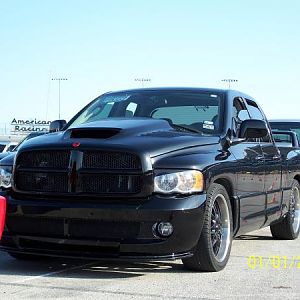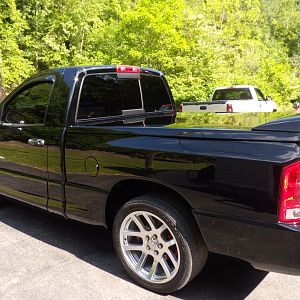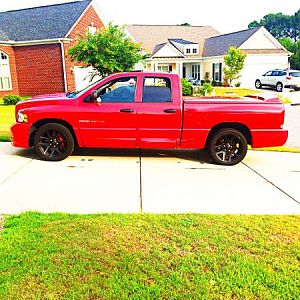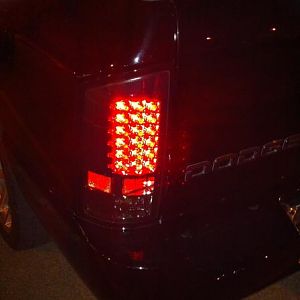Hey guys,
I feel like a dumb ass for even asking this but.............I don't care lol. Those who don't ask, never learn. What is the "more" important of the two or the temp to be the most concerned about, oil or water? I can't tell you what my oil temp is as my oil gauge is currently not working since install (loose wire under console, will get to it) so I'm not sure what my truck is actually reading oil temp wise. I've been getting confused/brain-farting mixing the two temps or basically thinking of them as one in the same lol lately. Is the water temp also know as the "Engine Temp"? I would have thought the oil temp would be more so the engine temp being more infused in the engine?
I guess if the water/coolant is only there to keep oil temps down, then when it does increase it can only do so because the oil temp has increased, thus making them one in the same, no? :dontknow: I must have been smoking some good hooch because I (for some unknown reason) took my water temp (90c/200F) as being my OIL TEMP. If 200F was my oil temp then I'd be perfect and in a good zone. I was looking at Tony's oil lines (still will but only for safety), oil coolers etc, might not need to now having not seen my actual oil temps yet.


I feel like a dumb ass for even asking this but.............I don't care lol. Those who don't ask, never learn. What is the "more" important of the two or the temp to be the most concerned about, oil or water? I can't tell you what my oil temp is as my oil gauge is currently not working since install (loose wire under console, will get to it) so I'm not sure what my truck is actually reading oil temp wise. I've been getting confused/brain-farting mixing the two temps or basically thinking of them as one in the same lol lately. Is the water temp also know as the "Engine Temp"? I would have thought the oil temp would be more so the engine temp being more infused in the engine?
I guess if the water/coolant is only there to keep oil temps down, then when it does increase it can only do so because the oil temp has increased, thus making them one in the same, no? :dontknow: I must have been smoking some good hooch because I (for some unknown reason) took my water temp (90c/200F) as being my OIL TEMP. If 200F was my oil temp then I'd be perfect and in a good zone. I was looking at Tony's oil lines (still will but only for safety), oil coolers etc, might not need to now having not seen my actual oil temps yet.








